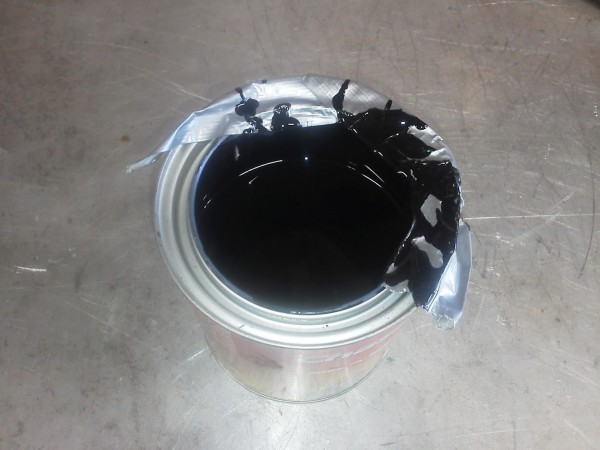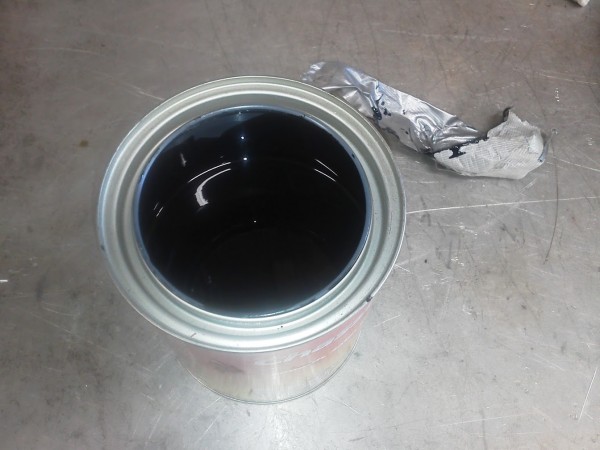Many people ask us here at 1A Auto what the difference is between an exhaust manifold and a header. Well, today is your lucky day because we are going to tell you….and then you can go tell all of your friends and look all smart and whatnot. It will be our little secret but hey, that’s what we are here for.
While exhaust manifolds and headers play the same role in engines, namely channeling exhaust away from the cylinder head to the exhaust pipe and eventually out the back of the vehicle, there are important differences between them. Essentially, headers are upgrade parts designed for performance applications, while exhaust manifolds are more utilitarian. There are advantages and disadvantages to each, and which one you choose will be influenced by your needs.
Exhaust manifolds are frequently formed of cast iron in a block-like configuration. This gives them sturdiness and longevity. Because the cast iron material is thick, it holds on to heat well, which is good for emissions and keeps heat from leaking to other nearby parts. The thick walls do, however, mean there is a small space for exhaust gases to pass through, and the iron casting makes the interior rough which can slow the flow of exhaust gases. This creates back pressure which keeps the exhaust from being cleared as efficiently as possible. This reduces the efficiency and ultimately the power of the engine because exhaust must go out to allow fresh fuel and air in.
This is the problem that headers are intended to solve. Headers are aftermarket upgrade exhaust manifolds that use an individual steel tube for each cylinder. These tubes all connect to a collector pipe. The tubes are smooth and equal in length. This ensures that the gases from each cylinder reach the collector separately, avoiding back pressure. This benefit can be lost if other exhaust components are not also upgraded. If the exhaust pipe that follows the headers is too restrictive it can introduce back pressure to the exhaust system and diminish the power advantage of headers. Another disadvantage of headers is that due to their thinner walls, they do not absorb as much sound as cast iron exhaust manifolds, making them louder (although some may see this an advantage). Some vehicles do come with stock tubular steel manifolds. Primarily these are for performance vehicles, such as sports cars. Jeep also notably uses tubular steel exhaust manifolds.
That my friends, is all there is to it when it comes to exhaust manifolds and headers. Hopefully we were able to clear things up for you!





